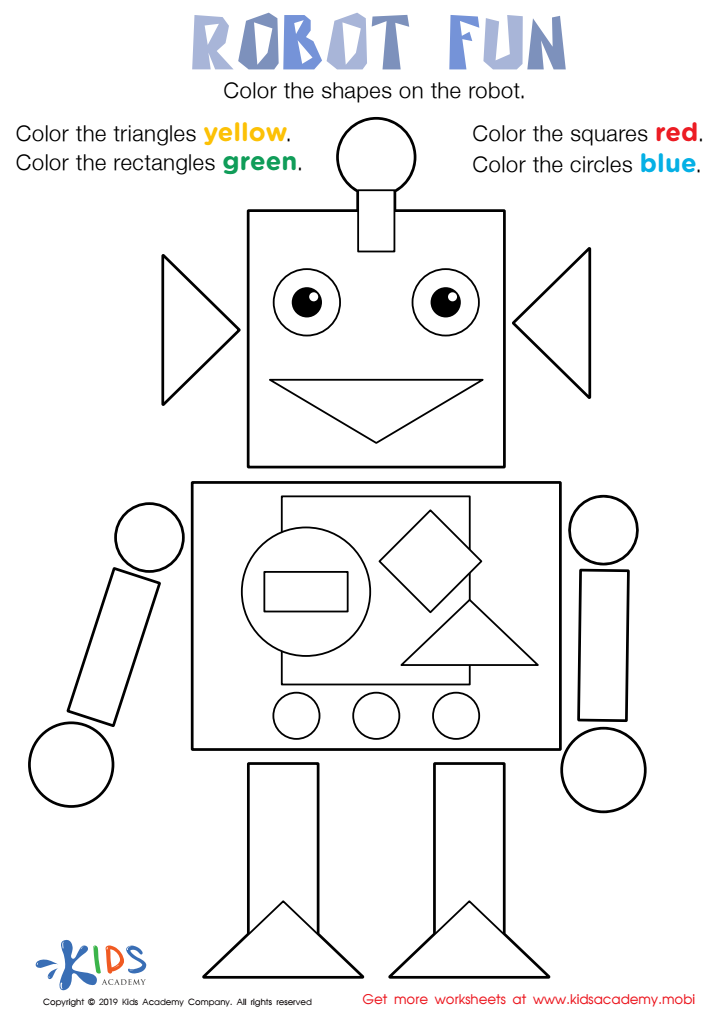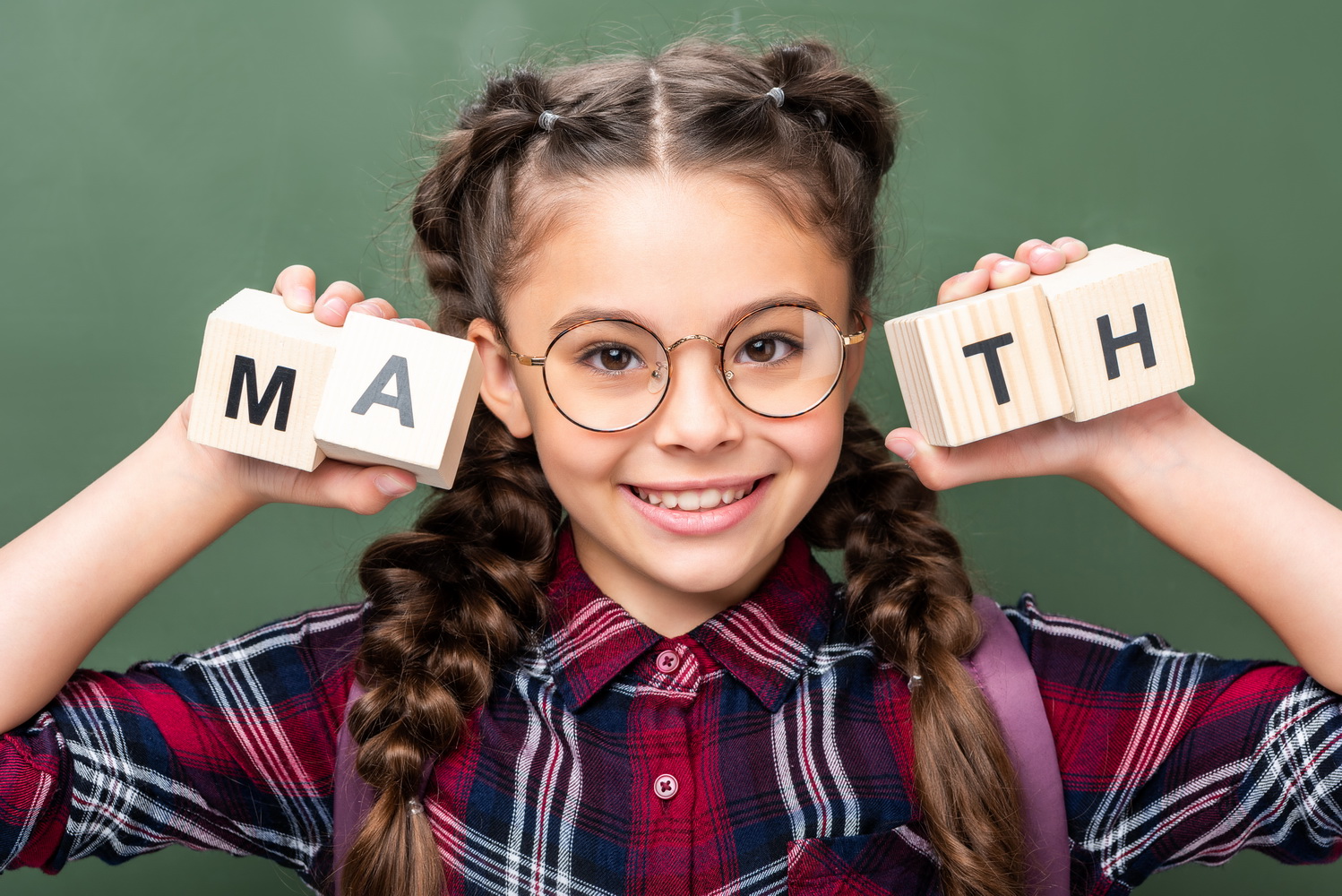Color recognition Geometry Worksheets for 5-Year-Olds
3 filtered results
-
From - To
Discover our engaging Color Recognition Geometry Worksheets for 5-Year-Olds, designed to ignite your child's passion for learning! These vibrant worksheets combine essential geometric concepts with fun color identification exercises, promoting early math skills while enhancing creativity. Each activity encourages kids to explore shapes, patterns, and colors in a playful way, making learning both enjoyable and effective. Perfect for parents and educators, our resources cater to various learning styles and ensure a solid foundation in geometry. Help your little ones blossom into confident learners as they navigate the colorful world of shapes with our thoughtfully crafted worksheets. Explore today and watch their skills soar!


Robot Fun Worksheet


Shapes Worksheet


Gingerbread Man Geometry Maze Worksheet
Color recognition and geometry are fundamental areas of learning for 5-year-olds that lay the foundation for critical cognitive skills. Understanding colors helps children identify and label items in their environment, fostering communication and language development. As kids engage with colors, they also enhance their observational skills, which are essential for keen perception in various activities, from art to nature exploration.
Geometry introduces children to shapes, sizes, and spatial awareness. Early exposure to geometric concepts sharpens their problem-solving capabilities and logical reasoning. Recognizing shapes helps kids categorize and make sense of the world around them—vital for later skills in mathematics and science.
Together, color recognition and geometry enhance creativity and boost confidence during activities like painting, building, and playing games. Engaging with these concepts encourages hands-on learning and collaboration, promoting social skills and teamwork. Furthermore, the integration of colors and shapes creates a fun and interactive learning environment, maximizing engagement and retention.
In summary, parents and teachers should prioritize these areas not only for academic preparedness but also for holistic development that nurtures creativity, cognitive skills, communication, and social interactions in young children. The benefits extend well beyond the classroom, influencing lifelong learning and personal growth.
 Assign to My Students
Assign to My Students































